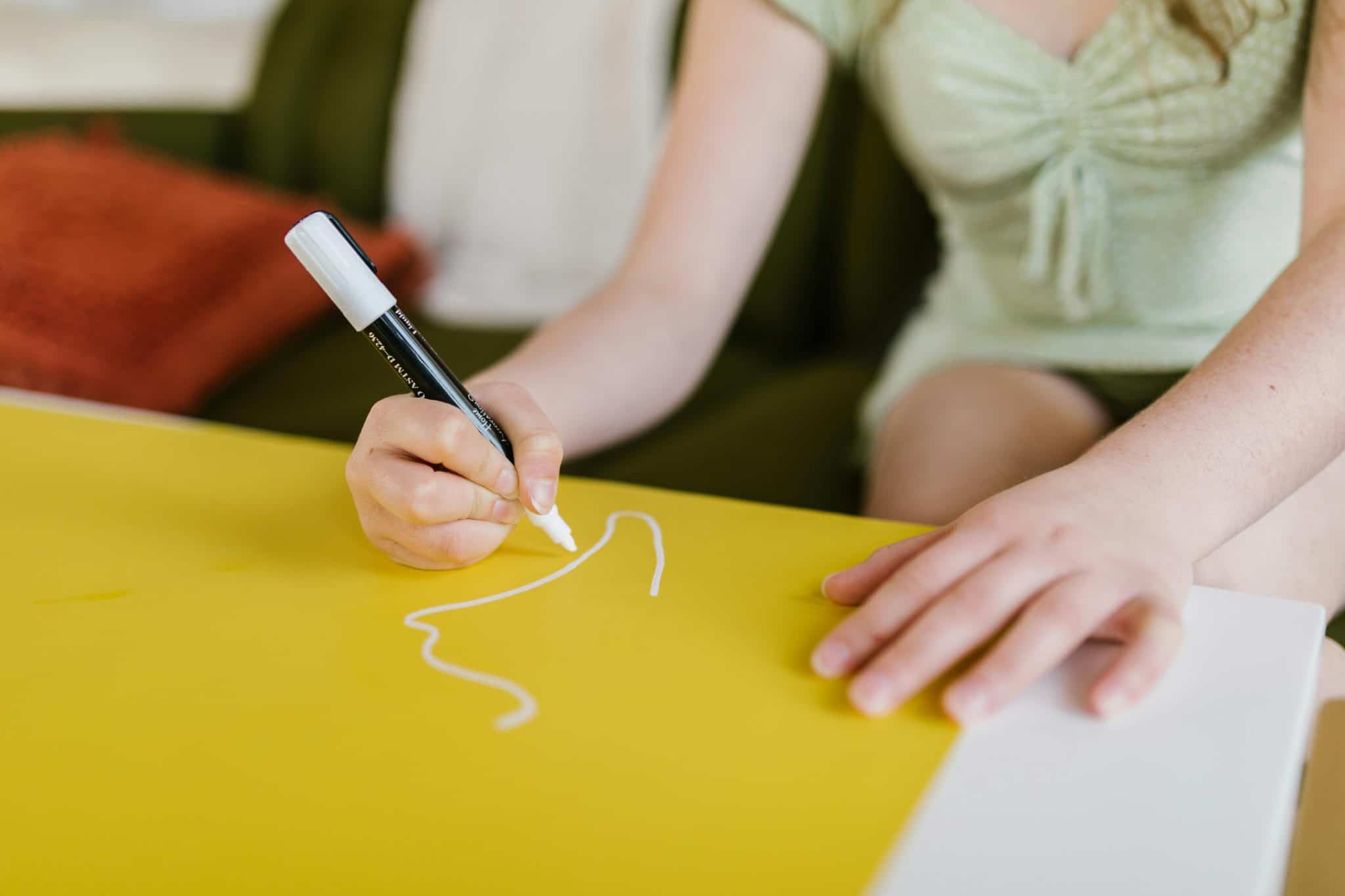School Design: Shaping Spaces for Learning
School design plays a crucial role in shaping the learning environment for students. From the color of the walls to the arrangement of desks, every aspect of the physical space can influence the way students learn and behave. In recent years, there has been a shift towards creating innovative and flexible school designs that cater to the changing needs of students. With the advancement of technology and emerging research on the impact of space on learning, educators are now exploring new ways to optimize school design for maximum student success. In this article, we will delve into the world of school design and uncover the key elements that go into shaping a space for learning.
The Power of Space in Education
The physical environment of a school has a significant impact on a student’s learning and development. Research has shown that a well-designed space can boost student achievement, engagement, and overall well-being. The design of a classroom should be carefully considered to cater to diverse learning styles, promote collaboration, and provide a sense of comfort and safety. A well-designed space can also foster creativity, critical thinking, and problem-solving skills. Let’s take a closer look at the key elements that contribute to an effective school design.
Flexibility and Adaptability
Gone are the days of static classroom layouts with fixed desks and chairs facing the front of the room. Today’s school designs are all about flexibility and adaptability. Learning is no longer confined to traditional lectures and textbooks, and students need spaces that can be easily transformed to suit their needs. A flexible classroom layout allows for different teaching styles, promotes student movement, and encourages collaborative learning. Schools have started to integrate movable furniture, such as adjustable desks and mobile bookshelves, to create dynamic learning spaces.
Natural Light and Color
The use of natural light and color in school design has been gaining popularity in recent years. Studies have shown that natural light improves mood, alertness, and cognitive function, making it vital for a productive learning environment. Bright and bold colors have also been linked to higher levels of creativity and concentration. Schools have started incorporating large windows, skylights, and glass walls to maximize natural light. They have also been using colorful walls, furniture, and decorations to create a lively and stimulating atmosphere.
Technology Integration
In today’s digital age, technology has become an essential part of education. School designs are now incorporating technology in various ways to enhance the learning experience. Digital displays, interactive screens, and virtual reality spaces are just a few examples of how schools are integrating technology into their designs. With a well-designed technology-infused space, students can engage in hands-on learning, collaborate with their peers, and access a wealth of educational resources.
Outdoor Learning Spaces
The benefits of nature in promoting well-being and reducing stress are well documented. Therefore, it is no surprise that schools are now incorporating outdoor learning spaces into their designs. From gardens and greenhouses to outdoor classrooms and playgrounds, these spaces provide students with a change of scenery and a chance to connect with nature. Outdoor learning spaces can also be used for hands-on activities and experiential learning, encouraging students to step out of the traditional classroom setting.
The Role of the Educator in School Design
While school design plays a significant role in creating an optimal learning environment, it is ultimately the educator who can make the most of it. The design of a school can only be effective if it aligns with the pedagogical approach of the teacher. It is the educator’s responsibility to utilize the space to its full potential, incorporating different learning strategies and making the most of the available resources.
In conclusion, school design goes far beyond aesthetics. It is a crucial factor that can impact student learning and development. With the ever-evolving educational landscape, it is essential to continue exploring innovative ways to design spaces that cater to the needs of students and foster their overall growth.
References:
1. Clark, R. (1998). The Ecology of School Space: A critical component of the educational program.
2. Cowan, R. (2005). The Changed Learning Environment in Schools – Its Impact on Curriculum Design and Delivery.
3. Heerwagen, J.H. (2003). Design, Productivity, and Well-being: What are the Links?
4. Sabol, F.R., Pianta, R.C. (2012). Classroom Organization: Routines and Structures that Promote School Readiness and Early Learning.










